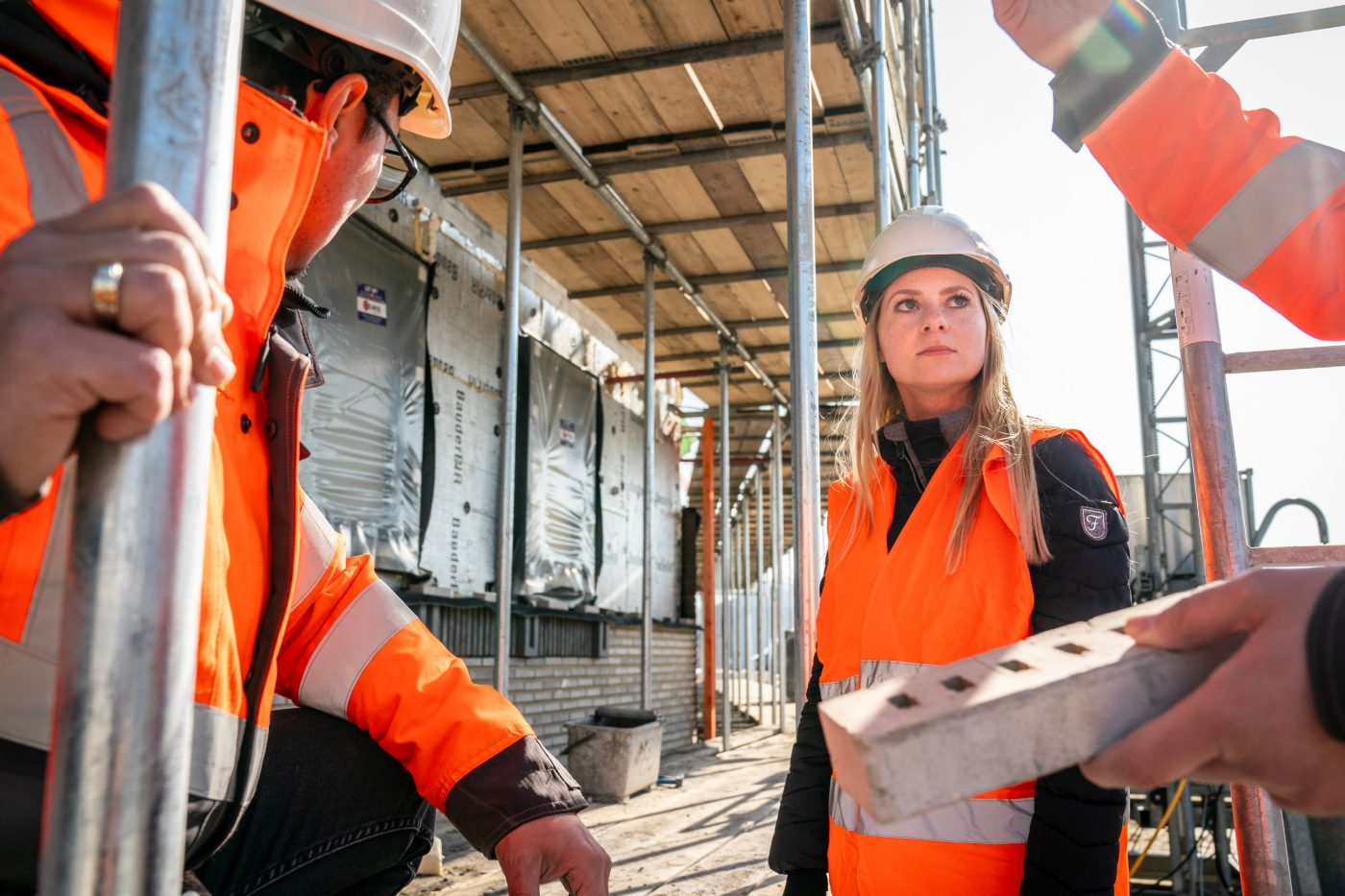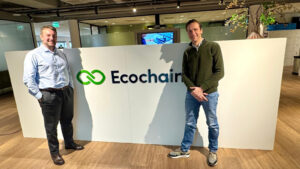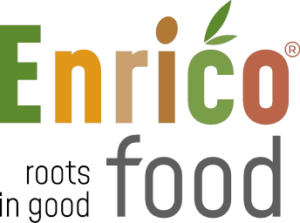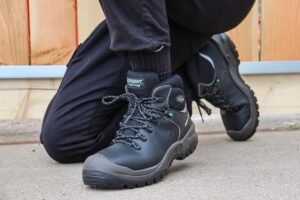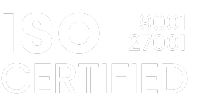Introduction
Can you tell me a bit about yourself and your role at Wienerberger?
Hi! I’m Giuseppe Palmeri, Team Lead Data Strategy at Wienerberger AG. I’m Italian, as the name might suggest.
I’m an Architect and Civil Engineer with many years of experience in the BIM process, which was my entryway to our business. After bringing my knowledge to the company, it became even clearer how important data is (especially product data) in the construction industry. That’s why my focus shifted to a broader scope: helping manage, govern and share our data to derive as much value as possible from it.
How would you describe the company for someone who’s not familiar with what Wienerberger does?
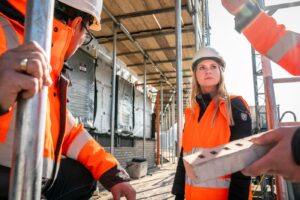
Wienerberger AG, based in Vienna, Austria, is a global leader in innovative and sustainable building material solutions. Established in 1819, the company produces bricks, roof tiles, pavers, and pipe systems for construction and infrastructure projects. With operations in 28 countries, wienerberger is one of the leading providers of innovative, ecological solutions for the entire building envelope, in the fields of new build and renovation, as well as infrastructure in water and energy management. Depending on where you’re from, we are probably part of what composes the building where you live, work, or spend your free time.
Can you share a few exciting projects you’ve been working on so far this year, unrelated to Ecochain?
Among the many initiatives, my favorite has been preparing for the new data initiatives promoted by the European Union, such as Digital Product Passports: a standardized way to structure and share product information throughout the industry. I see immense potential for progress, and a welcome challenge for one of the oldest industries in Europe. We have also been working on better monitoring of our production processes: to streamline data collection for the extensive reporting initiatives we’re subject to, as a manufacturer and a large corporation (such as CSRD and ESRS), and to optimize our operations to improve our performance and ESG indicators.

The “Why” & Future Plans
What challenge were you (or still are) facing that you’re hoping to achieve as a result of our collaboration? Can you share any progress updates already?
We are a company covering a very broad spectrum, both in portfolio and geographically; this also exposes us to a wide variety of requirements, legal and commercial, that we strive to comply with. When it comes to ESG reporting, both us and the EU overall have made significant progress over the past decades, though each member state has progressed at a different speed. I believe that in our collaboration, joining forces as two strong solution providers, we will be able to achieve our sustainability goals, which are aligned with the EU 2030 agenda. One of my favorite updates that I’m happy to share, is being able to provide customers with LCA documentation tailored to their specific project: that would’ve required a lot of time and work in Excel a few years ago, but now we can calculate and visualize the data in a much more efficient way.
Are there any other projects you’re excited to work on together in the next 5 years?
We will work on improving our capabilities on production benchmarking, sustainability reporting and documenting our ever-evolving portfolio at wienerberger. Leveraging the capabilities that the Ecochain solutions offer, we will be able to support our strategic decisions with reliable benchmarks and data, based on our production facilities.
Software & Competitors
What made you opt for a software solution vs traditional methods of measuring impact?
We evaluated multiple scenarios, based on best practices and our experience; ultimately, considering our broad portfolio of solutions and network of production facilities, a software solution offers us better flexibility, potential for collaboration and performance that traditional methods may not offer.
Have you considered any other alternatives? If so, what made you want to work with Ecochain?
Yes, we did our homework 😉
We decided to work with Ecochain for multiple reasons, starting from our past experience together in Belgium and the Netherlands, and the capabilities Ecochain’s Helix software offers us for managing a complex network of production facilities. We decided to create a framework to approach this journey in a structured way, keeping in mind that we will not be simply onboarding independent locations, but we will be empowering the world of wienerberger to grow, together.

Final Words
If you could give one piece of advice to companies that are just starting out with measuring their environmental impact, what would you say?
It’s important to have good data governance to address the many and complex requirements, and to invest in the know-how required, enabling the people in your business to tip the scales towards a more sustainable future.
I know this may feel like an insurmountable task, and the beginning may take extensive effort and time; starting with the right approach, tools and talent can make a huge difference. Take the first step, and your business and future generations will thank you for it.
